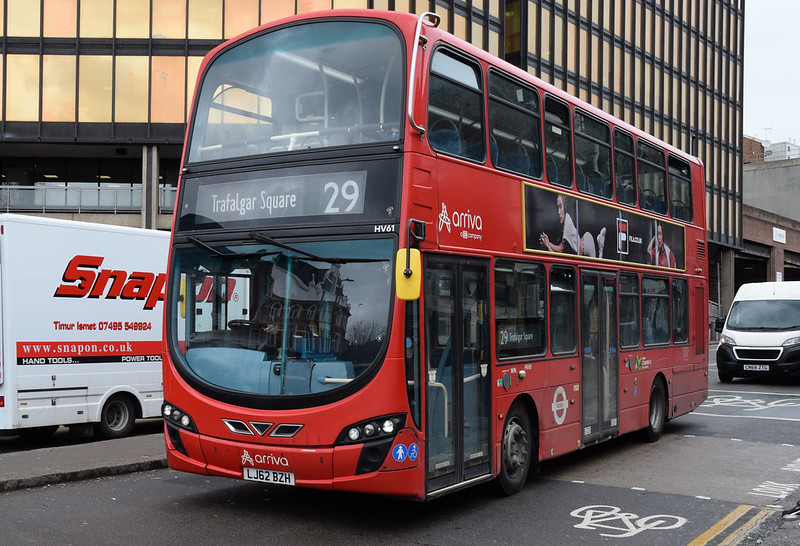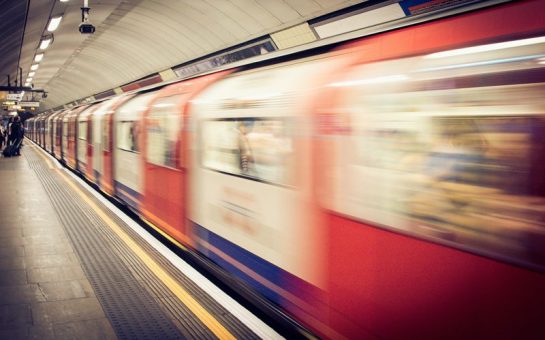None of London’s seven busiest bus routes have attracted the same passenger levels as before the pandemic, TfL data has revealed.
Overall usage across the seven most used routes last year was down over 9% compared to 2019, according to the annual passenger and distance travelled data.
The seven busiest bus routes are the 18, 149, 29, 207, 86, 25 and 5, which serve the boroughs of Brent, Hackney, Westminster, Hillingdon and Newham as well as Stratford and the City of London.
Thomas Wignall, a 23-year-old bus user from Mill Hill, said: “Before the pandemic, I used to get the bus pretty much every day.
“When lockdown hit, my work was moved totally online and I almost never left my house, so I never really got the bus, apart from the odd trip.
“In 2022, I heard someone threaten to stab someone else on the bus and that experience made me more wary.
“With that, the constant delays and the fact that I now only have to travel into work a couple days a week, I don’t have a reason to use the bus as much anymore”
Remote working has significantly reduced the need for daily commutes, which has been attributed as one of the main reasons that bus usage in London has failed to bounce back to pre-pandemic levels.
According to TfL’s Travel in London report for 2024, during the week of 10 June 2024, bus journeys were between 82% and 86% of the equivalent week in 2019 across all weekdays, while ridership on Sunday saw a 99% recovery.
A large portion of London workers now work either fully from home or have adopted a hybrid system of working, where they spend at least one day a week working from home.
According to a study into what is dubbed as the working from home revolution published by Kings College London in 2022, 61% of London workers reported to be working from home at least one day per week, compared to just 37% before the pandemic.
Bus drivers on the ground have shared different experiences of how busy their route has been since the pandemic but have also expressed concerns about the rise of fare evasion.
Andrew Heywood, a London bus driver of 13 years, said: “I’ve noticed, along with a lot of drivers I’ve spoken to, that since the pandemic, the public have become a lot more abusive, and the level of fare dodging has got out of control.
“I’ve definitely noticed that rush hour in the mornings and evenings is less stressful as people are still working from home.”
Ricardo Barros, a Portuguese-born bus driver, said: “For me, the traffic and passenger levels seem the same as before the pandemic.
“Fare evading now is the worst I’ve seen in my 20 years as a London bus driver.
“But there has been a big increase in bus drivers and the garages are almost full, so the job can’t be too bad.”
Fare evasion reportedly costs TfL around £130m annually, limiting the transport network’s ability to improve and maintain bus services.
Across all modes of transport, it is estimated that 3.4% of all journeys are not paid for, according to TfL’s most recent quarterly results.
Mayor of London, Sadiq Khan, said: “Fare evasion steals vital revenue from TfL and denies Londoners of investment in a safe, frequent and reliable transport service.
“Fare evasion not only impacts TfL’s finances but also affects the confidence and safety of its frontline teams and fare paying customers.”
TfL has trialled new approaches in a bid to attract riders back, including real-time crowding data, improvements to the mobile app and the introduction of the new Superloop express routes around outer boroughs.
Campaigners say that more is needed to be done to restore faith in the capital’s bus service.
Michael Roberts, CEO of London TravelWatch, the official watchdog for transport across the capital, said: “Even before the disruption caused by the COVID-19 pandemic, bus journeys in London had been falling.
“Our recommendations, that the TfL should shorten journey times, enhance passenger information, improve the overall passenger experience, stronger collaboration with boroughs and continued innovation in providing services, will not come as a surprise.”
TfL announced in their Bus Action Plan that further improvements are on the way.
A spokesperson for TfL said: “London’s bus network plays a vital role in enabling people to travel sustainably and affordably and we’re working hard to make it even better.
“This includes investment in new bus lanes and other measures to give buses priority on the roads, as well as new zero emission buses with innovative features to improve the customer experience.”
Featured image credit: Hugh Llewelyn via Flickr under CC BY-SA 2.0 licence





Join the discussion